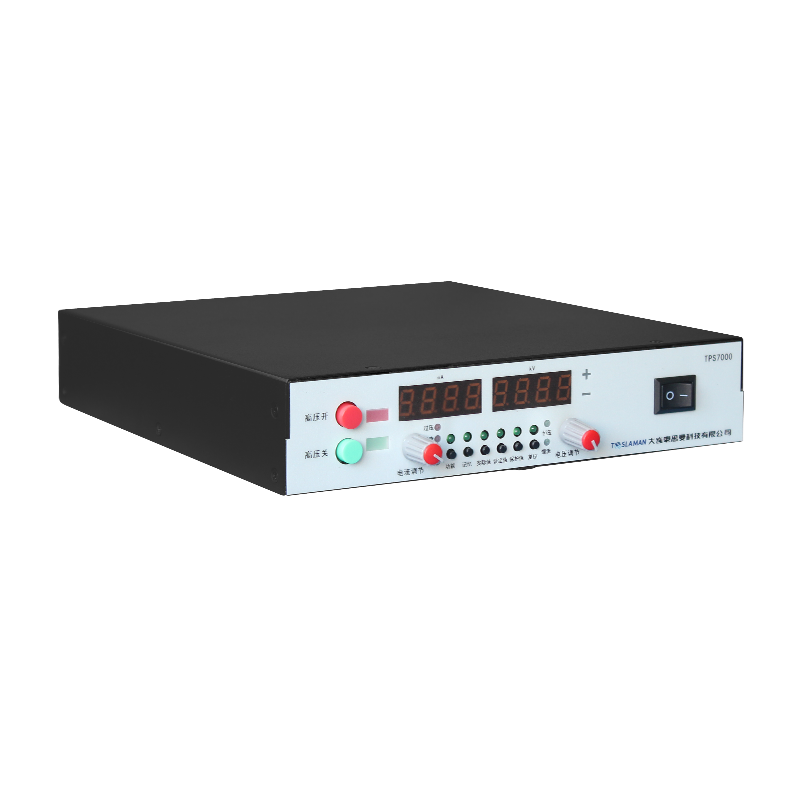The Application and Working Principle of High Voltage Power Supply in CPT/CRT Testing
With the development of technology, the reliability and safety testing of electronic products is increasingly valued. CPT (capacitive and resistive load testing) and CRT (humidity testing) are common reliability testing methods for electronic products. Both tests require a stable, controllable, high-voltage power supply to simulate the actual voltage environment of the product. Therefore, the high-voltage power supply plays a critical role.
I. Working Principle of High Voltage Power Supply
The core component of a high-voltage power supply is the transformer. It utilizes the step-up principle of the transformer to boost the input voltage to the required high voltage level. Common transformer types include linear transformers, resonant transformers, pulse transformers, etc. Then obtain smooth high-voltage DC output through rectification and filtering stages.
II. Application of High Voltage Power Supply in CPT Testing
The CPT test simulates the voltage shock conditions that electronic products may suffer during use. The test can check the anti-shock capability of products.
To simulate voltage shocks, CPT testing requires pulsed high-voltage power supplies. It utilizes the combination of resonant transformers and switching tubes to produce voltage pulses up to thousands of volts in an extremely short time, which meets the requirements of CPT.
When conducting CPT testing, first determine the required pulse waveform according to the product application, then use the high-voltage power supply to output the preset waveform, while monitoring the working status of the product to determine its anti-shock performance.
III. Application of High Voltage Power Supply in CRT Testing
The CRT test is a humidity test used to check product reliability under high temperature and humidity conditions. CRT testing requires high-voltage testing of the product for a long time in a 40°C, 90%RH environment.
The high-voltage power supply used in the CRT test is different from that in the CPT test. At this time, a linear high-voltage power supply with voltage stabilization is often adopted. It can provide stable DC high voltage to ensure that the voltage of the product remains constant throughout the test, avoiding uncertainty caused by voltage fluctuations.
During the test, place the product in a temperature/humidity test chamber, power it with a high-voltage power supply, while controlling the temperature and humidity in the chamber. Long-term detect the electrical parameters of the product to determine its reliability.
IV. Safety Protection for High Voltage Testing
Since high voltage testing poses hazards such as electric shock and arcing, protective measures must be taken, mainly including:
1. Equipment protection: grounding, enclosure insulation, circuit breaker installation, etc.
2. Product protection: discharge before testing to ensure residual charge is released; ensure good contact of connecting wires to prevent arcing.
3. Personnel protection: wear insulating shoes and gloves, don masks to avoid direct contact with live parts.
4. Emergency plans: develop emergency plans and equip insulating rescue tools to respond to contingencies.
By protecting the equipment, products, and personnel, the risks of high voltage testing can be minimized to ensure safety.
The high-voltage power supply plays a critical role in CPT/CRT testing. Choosing appropriate high-voltage power supplies based on test requirements and emphasizing safety protection can enable targeted product reliability verification and improve electronic product quality.




















